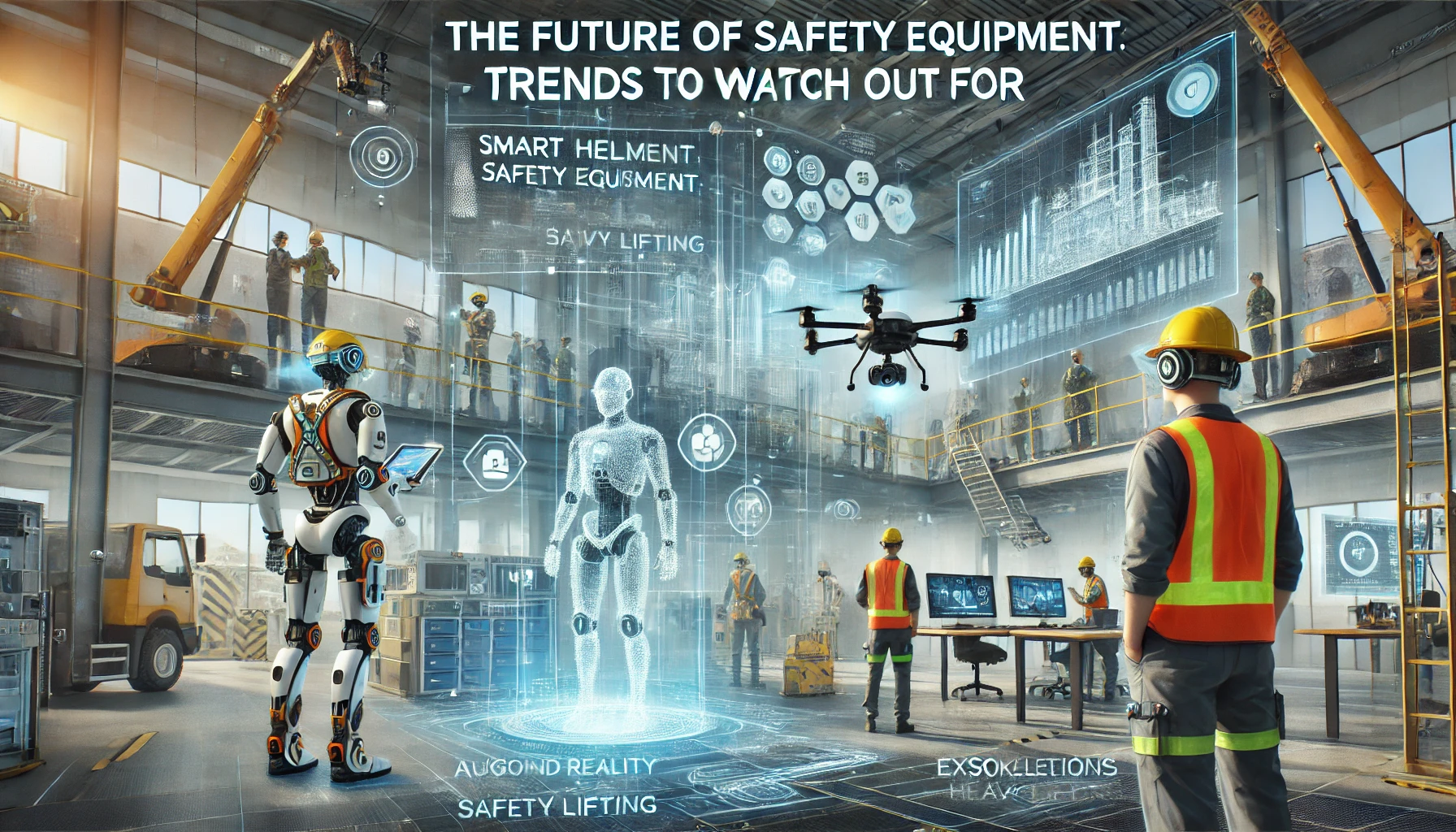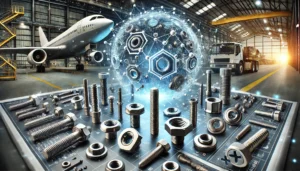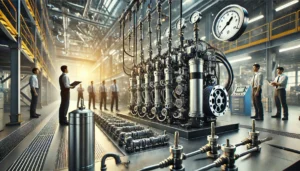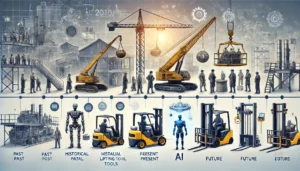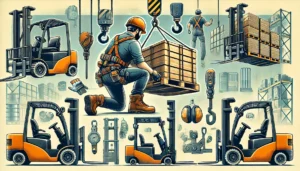Now, as we enter the year 2025, the world of workplace safety is changing due to advancements in technology and increased focus on workers’ wellness. The evolving trends in workplace technologies are of great significance for employers and safety professionals. Here is an overview of the trends making their way into safety equipment:
1. Use of Wearable Technology
Wearable technology takes center stage in workplace safety as smart devices foster real-time tracking of workers’ health and the work environment. For instance, specialized smart helmets can register fatigue, unsafe movement, and hazardous environment exposure while simultaneously alerting the worker and management for necessary actions to be undertaken. This approach paves the way for enabling safety checks before accidents happen.
2. Predictive Analytics and Artificial Intelligence
AI is set to take safety management to the next level due to the ability of assimilating predictions with historical data to avert workplace blitzes. Systems equipped with AI can spot patterns related to machinery, human activity and environmental factors and smartly predict possible incidents beforehand. For instance, analytics make it possible for machines to be monitored and maintenance correctly timed, which prevents breakdowns and accompanying injuries. Safety measures can now be taken prior to incidence occurring distinctly improves workplace safety.
3. Implementing Drones for Safety Assessments and Emergency Aid
Drones have been seen to be increasingly utilized in safety assessments especially in monitoring unsafe or inaccessible zones. In addition, they can conveniently evaluate structural stability, oversee massive projects, and identify environmental dangers without endangering employees. Furthermore, drones are now being utilized in emergency response where they can quickly provide situational information and distribute critical items to hard-to-reach areas. It not only makes the task safer but also makes the management of emergencies more effective.
4. Focus on Mental Health and Self-care
Mental health forms a central pillar of safety and thus, entities are now including mental health support as part of their safety policies. This includes people being able to have access to counseling services, stress management strategies, and an atmosphere that fosters psychological well being. Fewer incidents associated with stress and fatigue will be recorded as employers are putting out measures to address mental health further making the workplace safer and more productive.
5. Use Of Virtual And Augmented Reality For Training Purposes
Using Augmented Reality (AR) or Virtual Reality (VR) brings in new opportunities for hands-on safety training without putting any workers in danger. Employees can be placed in life threatening scenarios virtually and through that, employees gain better comprehension and skills development. Compared to rote based methods, this method of training helps employees retain knowledge and engage with instructors better.
6. Safety Programs Based On Statistics
Safety-related data is increasingly becoming more streamlined which allows organizations to come up with sophisticated data driven safety programs. Examining the patterns among injury reports, near misses, and breakdowns of equipment helps us understand problem areas and configure preemptive measures. This data can be helpful in enhancing the safety procedures over time and even in helping allocate resources better into the places that matter.
7. Protective Equipment With Modern Technology
PPE is now embedded with modern technologies and materials. For instance exoskeletons are being created to aid employees while lifting heavy objects and in the process reduces strain and risk of muscle damage. IoT technology enabled sensors with PPE are capable of monitoring the environment and physiological signs to provide feedback.
8. Concentrating on Safety Equipment Sustainability
Setting up sustainability goals is important while designing and producing safety equipment. Companies are creating environmentally friendly PPE that can be recycled or decomposed with the aim of improving safety without harm to the ecosystem. This trend has the added benefit of helping to achieve broader company responsibility objectives while also capturing the attention of employees and customers who are increasingly concerned about the environment.
9. Healthcare and Safety Regulations strengthening
As new technologies come on stream and new risks emerge, safety standards are being developed and modified continuously. Organizations need to update themselves with such changes for compliance and work force protection. It will be useful to liaise with trade associations and take part in safety forums to gather information on anticipated changes in legislation.
10. Safety Systems Sponsorship within the Organizational Culture
There is a recognition that safety as a concept must be integrated within the organizational culture instead of just a legal requirement. This embraces safety values and practices that support firm top management commitment, employee participation, and constant communication at all levels. Strong safety performance related culture results in higher employee performance, lowers incidents, and improves overall productivity.
Conclusion
The future trajectory of safety kits is being influenced by the new developments in technology, a broader consideration of employee health, and the increasing focus on safety. Keeping in mind these tendencies and purposefully adapting them within the safety policies gives the businesses higher chances to boost employees safety at the workplace and improve operational performance.

